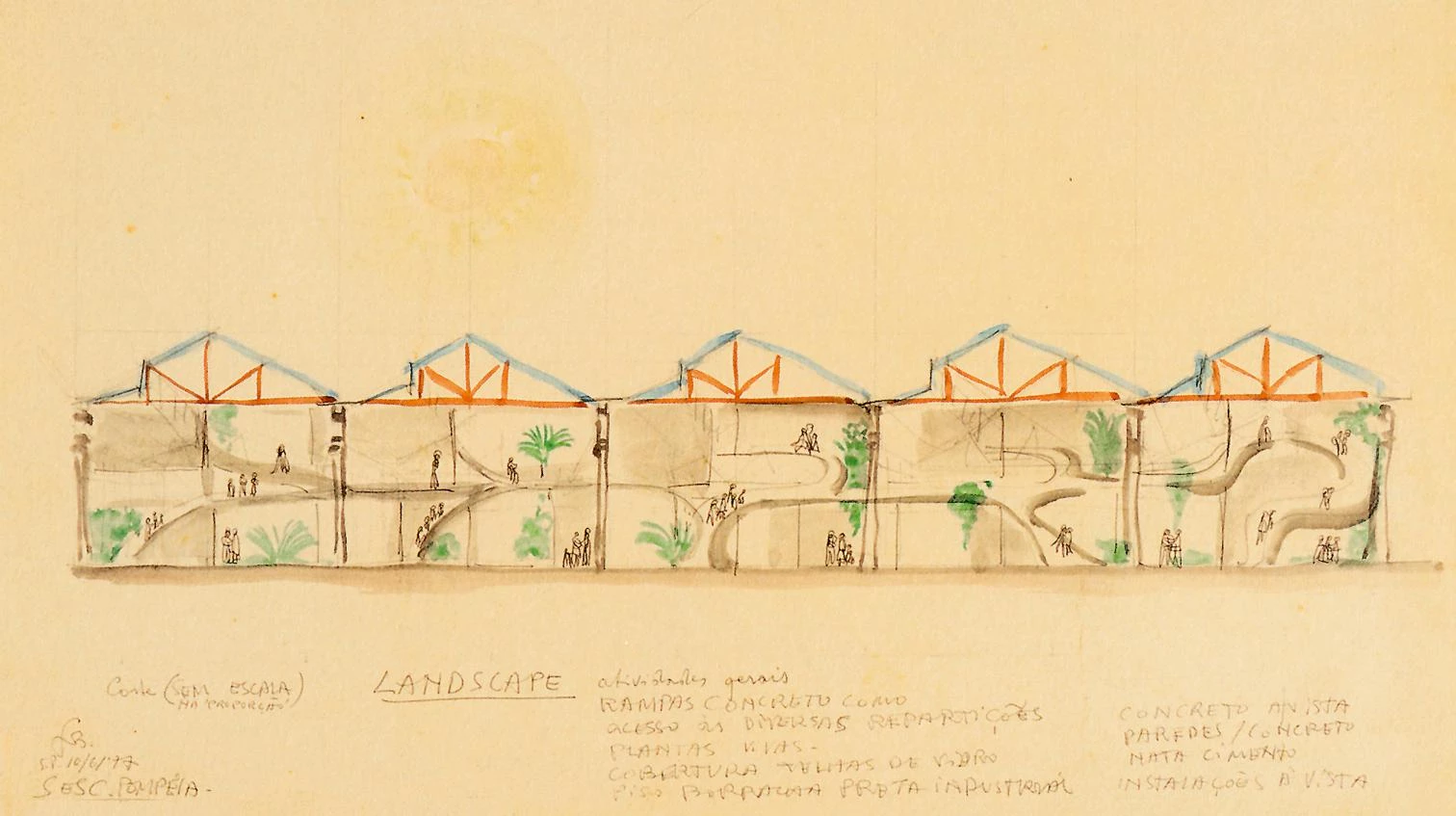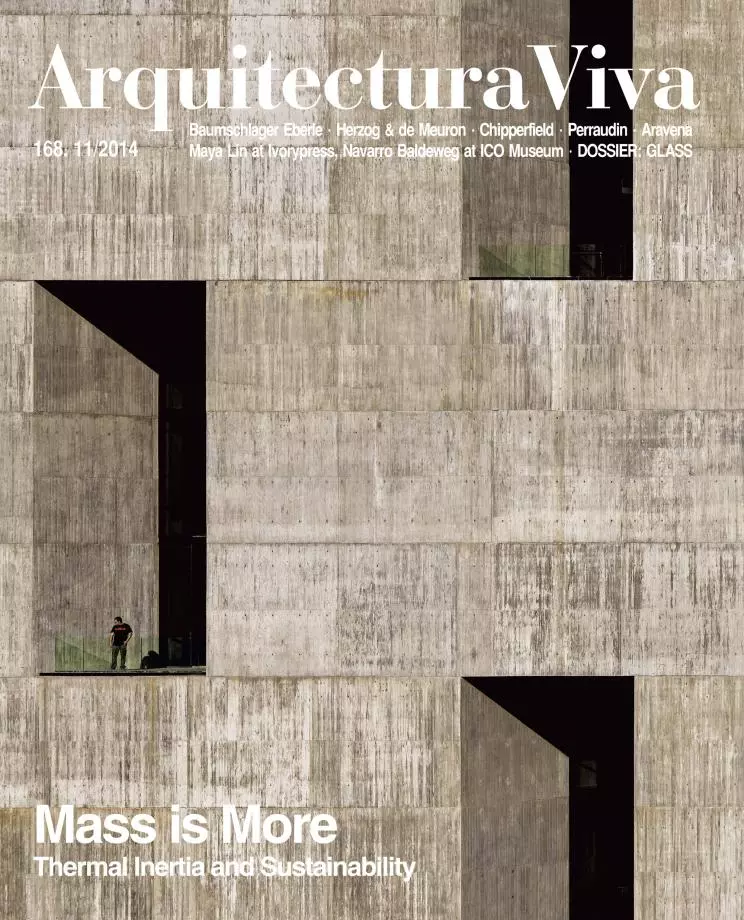
The centenary of Lina Bo Bardi has heightened the fervor for her figure. The critic Rowan Moore considers the Italian-Brazilian “the most underrated architect of the twentieth century”; however, she who Martin Filler describes as “the Anna Magnani of architecture” – because of the vital and passionate character of her work and person – is enjoying an extraordinary wave of acclaim through publications and exhibitions. Her death in 1992 and the monograph published the following year by the Institute dedicated to her memory were covered in Arquitectura Viva by Ruth Verde and Hugo Segawa, but there is a parenthesis of silence until the thesis of Olivia de Oliveira in 2006, the exhibition in the Venice Biennale in 2010, and the recent monograph by Zeuler R. Lima, reviewed here by Guilherme Wisnik. Now comes the turn of the Munich show curated by Andres Lepik, with the catalog offering essays by a dozen experts – including Lima, Oliveira, and Wisnik – which do much to throw light on the multifaceted personality of a by now mythical figure.
Her friend Valentino Bompiani called her la dea stanca, but this ‘tired goddess’ described herself (on the occasion of her first exhibition, held in 1989 at the University of São Paulo) as “Stalinist and anti-feminist,” honoring her political convictions and the fact that in Brazil she had never felt discriminated as a woman. Before settling there in 1946, Lina Bo had studied in Rome under traditionalist architects like Giovannoni and fascists like Piacentini, and after graduating in 1939 she was part of the Milan circle of Gio Ponti, the architect, designer, and Domus editor who at the time was close to Mussolini, as was her future husband, the journalist and dealer Pietro Maria Bardi, so her alignment with the Communist Party can only be explained by her radical independence. In Brazil this freedom distanced her from Costa and Niemeyer, criticizing their Brasilia and choosing a creative path that openly deviated from the tropical modernity sanctioned by the MoMA in the 1943 exhibition ‘Brazil Builds.’
Thus her Casa de Vidrio of 1951, closer to the Californian houses of the period than to the canonical glass houses of Mies or Johnson, and whose extension with a conventional wing for servants’ quarters has been compared by Barry Bergdoll to the hybrids of modern and vernacular previously built by another expatriate in São Paulo, Bernard Rudofsky; thus her Art Museum of São Paulo of 1957-1968, in tune with Vilanova Artigas or the younger Paulo Mendes da Rocha, her most ‘Paulist’ work in its structural daring, its revolutionary exhibition space, and its generous creation of a public place; and thus finally her finest work, the SESC Pompeia of 1977-1982, an obsolete factory built in 1938 with a prefabricated concrete structure of dramatic industrial beauty, which Lina decided not to demolish, transforming its spaces into a civic center that manages to fuse culture with everyday life. While the house, when visited, gives less than it promises, and the MASP exactly what one could hope for, the SESC experience is so fertile and moving as to surpass all expectations, and explains the present fascination with Achillina di Enrico Bo, whom the world by now knows simply as Lina.






